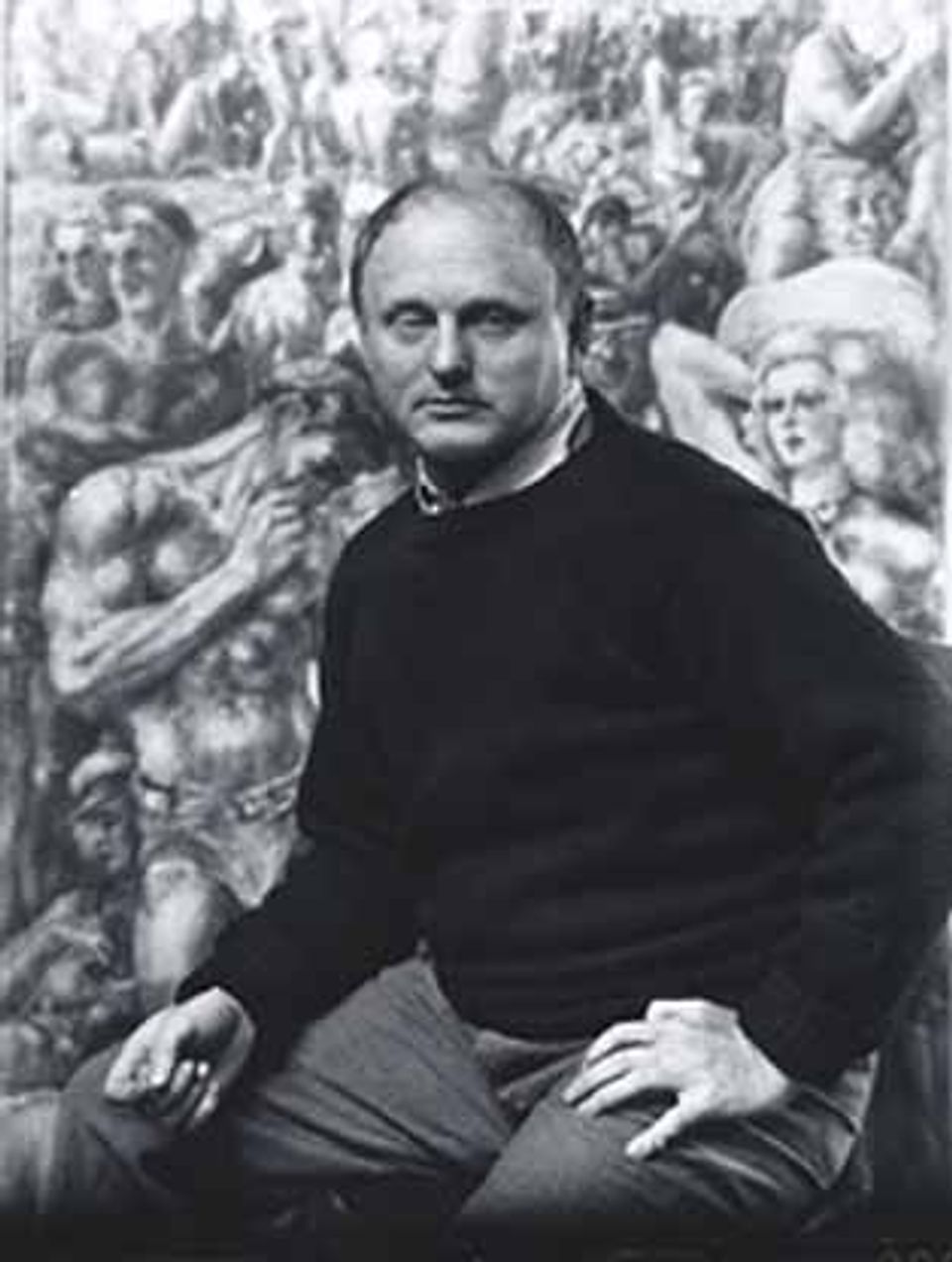Reginald Marsh

- Born
- Paris, France
- Died
- Dorset, Vermont, United States
- Active in
- New York, New York, United States
- Biography
Born in Paris, brought to the United States in 1900, lived mostly in New York City. Traditional artist who produced thousands of drawings for newspapers and magazines before turning to realistic painting and etching, in which his favorite subjects were people in crowded urban scenes.
Charles Sullivan, ed American Beauties: Women in Art and Literature (New York: Henry N. Abrams, Inc., in association with National Museum of American Art, 1993)
- Artist Biography
Although both of his parents were artists, Marsh himself did not plan to be a painter, and after graduation from Yale in 1920, he moved to New York to become an illustrator. He got a job doing cartoon reviews of vaudeville and burlesque shows for the New York Daily News and in 1925, when the New Yorker was founded, Marsh was one of its original contributors. Marsh continued to submit drawings to Vanity Fair, Harper's Bazaar, Esquire, Fortune, and Life even after he determined to be a painter in the 1920s, and he also taught intermittently at the Art Students League, where he had studied in the early 1920s. A frequent traveler to Europe, Marsh adapted the techniques and spatial arrangements of Old Master painting to his own canvases, but continued to prowl New York's back streets, sketching Bowery bums, burlesque queens, and the crush of people around Union Square and 14th Street. He used compositional formats drawn from Italian Mannerist and Baroque masters in his scenes of tawdry New York life, and like his friends Isabel Bishop, Kenneth Hayes Miller, and Edward Laning, Marsh brought an underlying sympathy for the down-trodden to his often satiric compositions.
Virginia M. Mecklenburg Modern American Realism: The Sara Roby Foundation Collection (Washington, D.C.: Smithsonian Institution Press for the National Museum of American Art, 1987)
Luce Artist BiographyBorn in Paris, Reginald Marsh was best known for his paintings of New York City, works that captured the urban realism of Coney Island, burlesque houses, and the Bowery. He came to the United States as a young child in 1900, and although both of his parents were artists, Marsh himself did not intend to be a painter. Instead, after graduating from Yale in 1920, he moved to New York to become an illustrator. He contributed cartoons and drawings to newspapers and magazines such as the New York Daily News, the New Yorker, and Harper's Bazaar, among others. In the early 1920s, Marsh attended classes at the Art Students League and soon after, he decided he wanted to be a painter. A frequent traveler to Europe, Marsh adapted the techniques and spatial arrangements of Old Master painting to his own canvases, using the imagery and people of New York City. His paintings frequently display a satiric edge, yet also convey the artist's sympathy toward his subjects. (Mecklenburg, Modern American Realism: The Sara Roby Foundation Collection, 1987)














